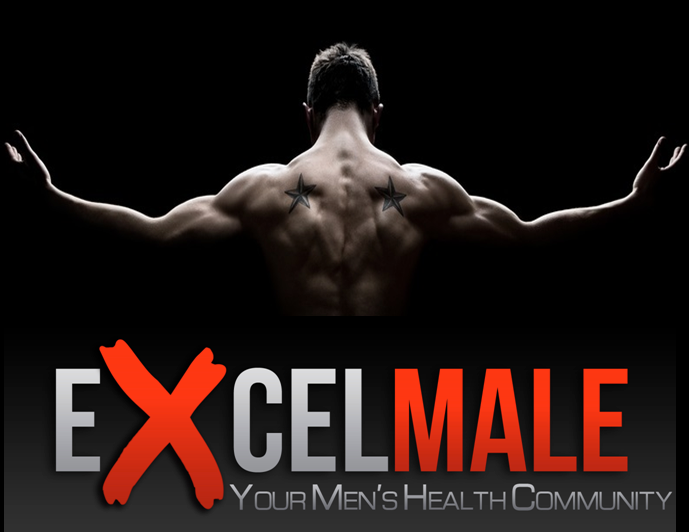madman
Super Moderator
Fig. 1. History-taking in sexual health and wellbeing assessment.

ABSTRACT
Introduction
Sexual health and wellbeing are significant aspects of quality of life. However, taking a sexual history is often avoided in medical practice, leaving a void in management and awareness. As the menopause can have a major impact on sexual health, it is imperative that healthcare providers are appropriately trained insexual health and wellbeing and the aligned disciplines in order to achieve optimal care.
Aim
To provide an evidence-based clinical guide for the assessment and management of sexual problems at the menopause and beyond.
Materials and methods
Review of the literature and consensus of expert opinion.
Results and conclusion
The assessment of sexual problems includes history taking, examination and laboratory investigation (if indicated), and occasionally the use of specific validated questionnaires. Management of sexual problems requires a multidimensional approach using biopsychosocial measures. Medical management and psychosexual counselling include pharmacological and non-pharmacological interventions, and sex therapy and psychoeducation. Furthermore, perimenopausal women should be advised about the need for contraception if they wish to avoid pregnancy. Also, sexually transmitted diseases can be acquired at any age. To conclude, taking a sexual history should be incorporated into medical practice and healthcare providers should be appropriately trained to assess and manage sexual problems at the menopause and beyond.
2. Classification and terminology
3. Etiology of sexual dysfunction
3.1. Menopause
3.2. Gynecological disorders
3.3. Non-gynecological comorbidities
3.4. Psychosocial factors
3.5. Institutional/wider factors
4. Assessment and diagnosis
4.1. Clinical examination and laboratory investigation
4.2. Questionnaires
5. Management
5.1. Psychosexual counselling
5.2. Non-pharmacological interventions
5.3. Pharmacological interventions
5.3.1. Hormonal preparations
5.3.2. Non-hormonal preparations
5.4. General and lifestyle interventions
6. Contraception and sexually transmitted diseases after menopause
7. Sexual intimacy in assisted living, nursing homes, or other long-term care environments
8. Summary recommendations
• Sexual health and wellbeing and the menopause should not be considered taboo subjects.
• Assessment and management need to be individualized.
• Assessment should include any partner problems, if appropriate.
• Management requires a personalized multidimensional biopsychosocial approach.
• Medical management and psychosexual counselling include pharmacological and non-pharmacological interventions, and sex therapy and psychoeducation.
• Undergraduate and specialist training of healthcare professionals and providers should include sexual problems at the menopause and beyond.
ABSTRACT
Introduction
Sexual health and wellbeing are significant aspects of quality of life. However, taking a sexual history is often avoided in medical practice, leaving a void in management and awareness. As the menopause can have a major impact on sexual health, it is imperative that healthcare providers are appropriately trained insexual health and wellbeing and the aligned disciplines in order to achieve optimal care.
Aim
To provide an evidence-based clinical guide for the assessment and management of sexual problems at the menopause and beyond.
Materials and methods
Review of the literature and consensus of expert opinion.
Results and conclusion
The assessment of sexual problems includes history taking, examination and laboratory investigation (if indicated), and occasionally the use of specific validated questionnaires. Management of sexual problems requires a multidimensional approach using biopsychosocial measures. Medical management and psychosexual counselling include pharmacological and non-pharmacological interventions, and sex therapy and psychoeducation. Furthermore, perimenopausal women should be advised about the need for contraception if they wish to avoid pregnancy. Also, sexually transmitted diseases can be acquired at any age. To conclude, taking a sexual history should be incorporated into medical practice and healthcare providers should be appropriately trained to assess and manage sexual problems at the menopause and beyond.
2. Classification and terminology
3. Etiology of sexual dysfunction
3.1. Menopause
3.2. Gynecological disorders
3.3. Non-gynecological comorbidities
3.4. Psychosocial factors
3.5. Institutional/wider factors
4. Assessment and diagnosis
4.1. Clinical examination and laboratory investigation
4.2. Questionnaires
5. Management
5.1. Psychosexual counselling
5.2. Non-pharmacological interventions
5.3. Pharmacological interventions
5.3.1. Hormonal preparations
5.3.2. Non-hormonal preparations
5.4. General and lifestyle interventions
6. Contraception and sexually transmitted diseases after menopause
7. Sexual intimacy in assisted living, nursing homes, or other long-term care environments
8. Summary recommendations
• Sexual health and wellbeing and the menopause should not be considered taboo subjects.
• Assessment and management need to be individualized.
• Assessment should include any partner problems, if appropriate.
• Management requires a personalized multidimensional biopsychosocial approach.
• Medical management and psychosexual counselling include pharmacological and non-pharmacological interventions, and sex therapy and psychoeducation.
• Undergraduate and specialist training of healthcare professionals and providers should include sexual problems at the menopause and beyond.













